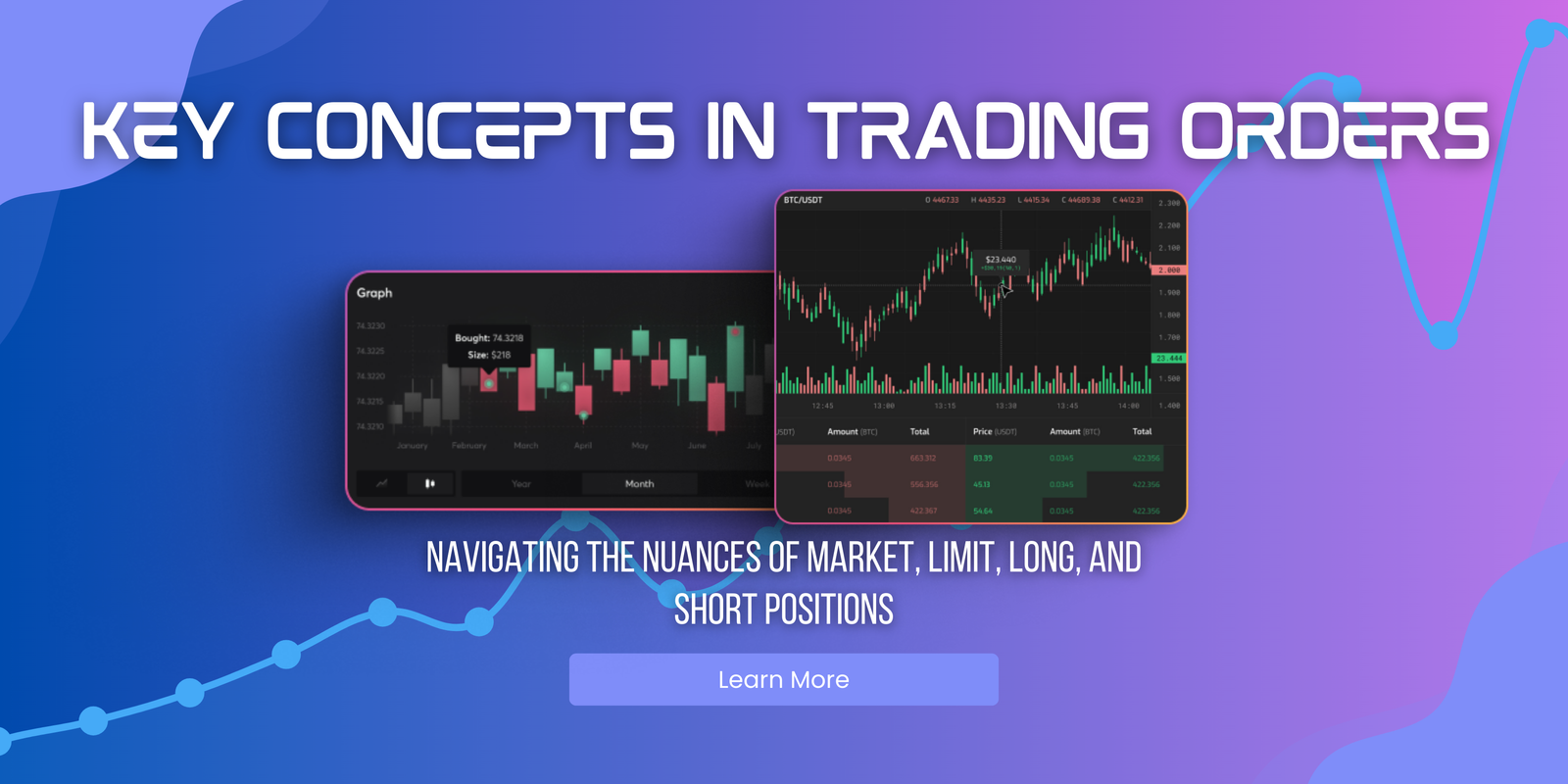Forex trading, also known as foreign exchange trading, involves the buying and selling of currencies in the global market. While it offers lucrative opportunities, it also carries inherent risks. Managing risk is crucial for traders to protect their investments and achieve long-term success. In this blog post, we will explore various strategies and techniques to …
How to Manage Risk in Forex Trading: Part 2 of 4

Forex trading, also known as foreign exchange trading, involves the buying and selling of currencies in the global market. While it offers lucrative opportunities, it also carries inherent risks. Managing risk is crucial for traders to protect their investments and achieve long-term success. In this blog post, we will explore various strategies and techniques to effectively manage risk in Forex trading.
Understanding Risk in Forex Trading
Forex markets are highly volatile, and understanding the different types of risks involved is essential for traders. These risks include:
Exchange Rate Risk
Exchange rate fluctuations can significantly impact the profitability of Forex trades. Changes in currency values can occur due to economic factors, geopolitical events, or market sentiment. Traders must be aware of these risks and take appropriate measures to mitigate them.
Interest Rate Risk
Interest rate differentials between countries can affect currency values. Central bank decisions, economic indicators, and monetary policies can influence interest rates, leading to potential risks for Forex traders. Staying informed about these factors is crucial for managing interest rate risk.
Credit Risk
Credit risk refers to the possibility of a counterparty defaulting on their financial obligations. In Forex trading, this risk arises when dealing with brokers, banks, or other financial institutions. Traders should choose reputable and regulated brokers to minimize credit risk.
Country Risk
Country-specific risks, such as political instability, economic crises, or regulatory changes, can impact currency values. Traders must stay updated on global events and assess the potential risks associated with specific countries or regions.
Liquidity Risk
Liquidity risk refers to the possibility of not being able to execute trades quickly or at desired prices. In Forex trading, liquidity can vary depending on the currency pair and market conditions. Traders should be cautious when trading illiquid currency pairs to avoid potential losses.
Risk Management Strategies
Implementing effective risk management strategies is crucial for Forex traders. Here are some key strategies to consider:
Setting Realistic Goals and Expectations
Traders should establish realistic goals and expectations based on their risk tolerance, trading capital, and experience. Setting achievable targets helps in managing emotions and avoiding impulsive decisions.
Developing a Trading Plan
Creating a well-defined trading plan is essential for managing risk. The plan should include:
- Identifying Risk Tolerance: Assessing personal risk tolerance helps determine the appropriate level of risk for each trade.
- Determining Position Sizes: Calculating position sizes based on risk tolerance and stop loss levels helps control potential losses.
- Setting Stop Loss and Take Profit Levels: Placing stop loss and take profit orders helps limit losses and secure profits.







